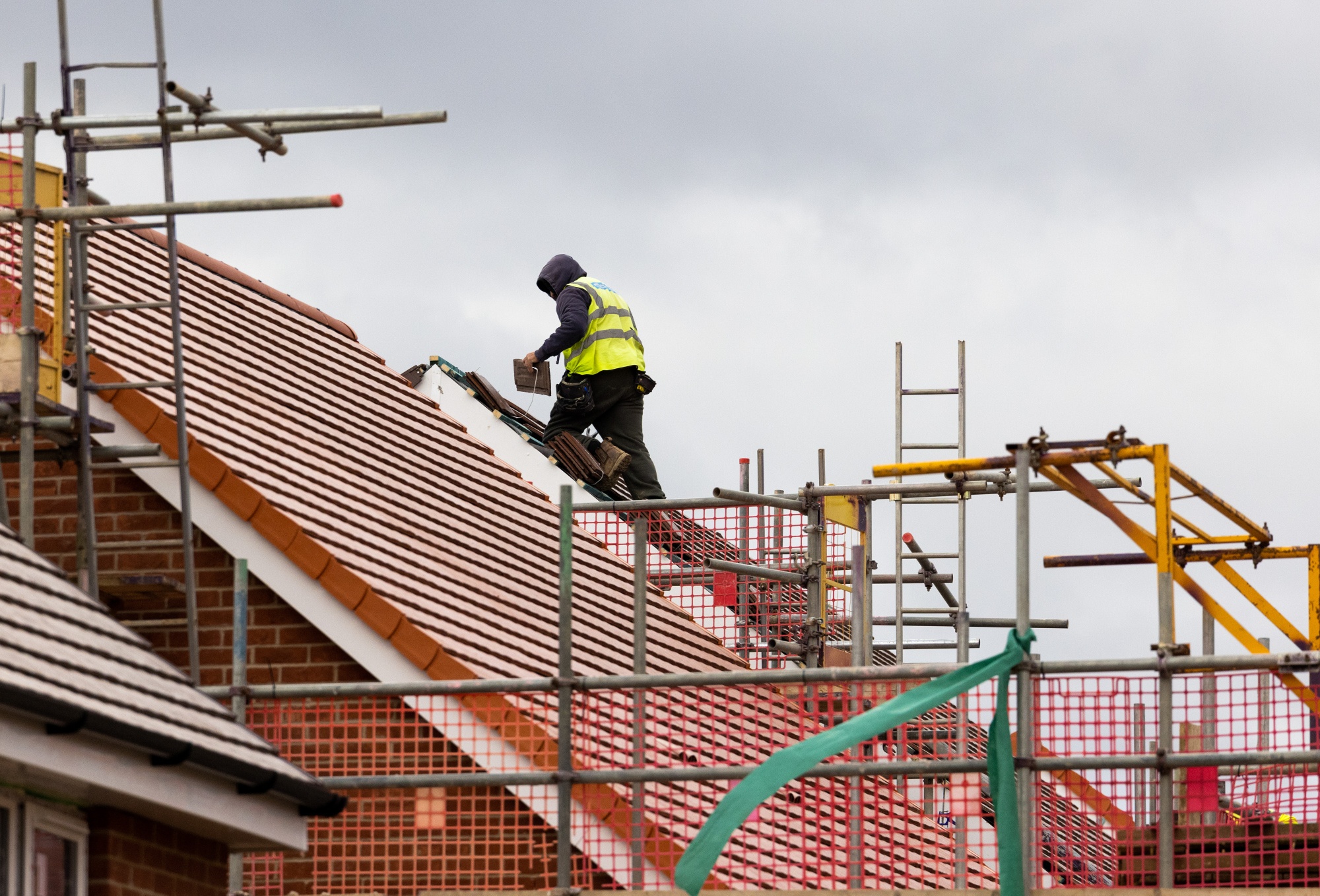The UK’s construction industry grew more slowly than expected in March as sliding demand for houses cut into activity across the sector.
The Construction Purchasing Managers’ Index from S&P Global fell to 50.7 last month — above the crucial no-change reading of 50 but down from 54.6 in February. It missed economists’ expectations of 53.6.
While activity on commercial and civil engineering projects continued to rebound, housebuilding declined for a fourth month and at the worst pace since the early days of the pandemic in May 2020. That reflects a downturn in the property market that followed the quickest jump in interest rates in three decades.
“A sharp and accelerated decline in house building was the main area of concern,” said Tim Moore, economics director at S&P Global Market Intelligence. “Cutbacks to new residential projects in the wake of subdued demand and rising interest rates contributed to the sharpest fall in housing activity across the construction sector for almost three years.”
While lower demand weighed on house builders, business conditions were improving elsewhere in the construction sector.

Fewer logistics bottlenecks, which developed in the wake of the pandemic, and greater availability of products and materials meant the improvement in vendor performance was the strongest since 2009.
Total new work also picked up, leading to a rise in staff recruitment. Some 46% of firms surveyed expected an increase in business activity over the next 12 months, while only 11% predict a decline.
But in a sign that inflation is still rampant, construction companies reported further sharp rises in input costs relating to energy prices and rising wages.
This could be significant for the Bank of England, which is watching intently for signs that inflation is becoming embedded in the economy through workers bargaining for higher wages.
Construction workers were recently added to the government’s shortage occupations list, which should make it easier for companies to recruit from abroad.
Source: Bloomberg




